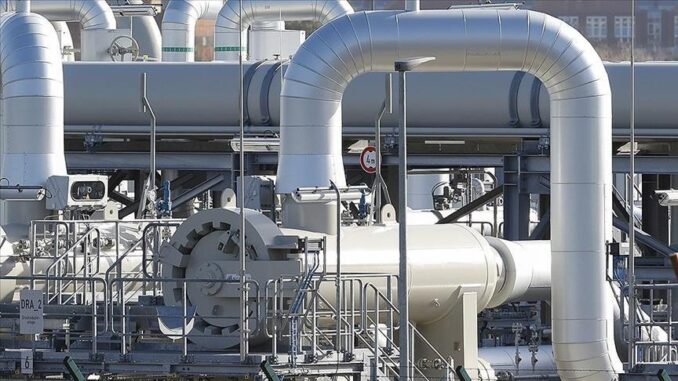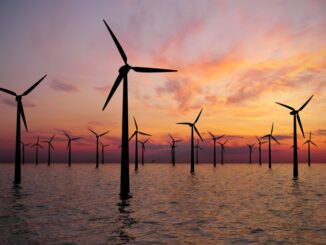
Russian gas flows to Europe slipped further in October, dropping below 2 Bcm for the month, an analysis of data from S&P Global Commodity Insights showed Nov. 2.
Total Russian pipeline exports to Europe in October via the only remaining supply routes — TurkStream and the Ukrainian network — totaled just 1.94 Bcm, down 9% compared the September total.
Russia gradually choked its gas supply to Europe over the summer, ending deliveries via Yamal-Europe and Nord Stream, and sharply cutting exports via Ukraine.
The October total of 1.94 Bcm compares with deliveries of 10.08 Bcm in October 2021, laying bare the extent of Russian supply curtailments.
Lower Russian deliveries to Europe propelled European gas prices to record levels in 2022, though prices have dropped in recent weeks on mild weather, healthy storage levels and lower demand.
Platts, part of S&P Global Commodity Insights, assessed the Dutch TTF month-ahead price on Nov. 1 at Eur115.55/MWh, down from the record high Eur319.98/MWh in late August.
TurkStream flows
With Nord Stream flows halted and the suspension of deliveries via Belarus in the Yamal-Europe system earlier this year, Russian gas is only reaching Europe now via TurkStream and Ukraine.
Deliveries via TurkStream into southeast Europe dropped below 1 Bcm in October to just 0.94 Bcm — or an average of 30 million cu m/d.
Supplies via TurkStream had averaged more than 40 million cu m/d at times this summer, though offtake in Bulgaria was ended in April after Sofia refused to comply with the terms of Gazprom’s new ruble-based payment mechanism.
Two of the main beneficiaries of gas via TurkStream are Serbia and Hungary, which both still have relatively close ties with Moscow.
Gas via TurkStream is also delivered to Romania, Greece, North Macedonia, and Bosnia and Herzegovina.
The two-string TurkStream pipeline was commissioned in January 2020, with the 15.75 Bcm/year Turkish string carrying Russian gas to Turkey and the second string sending gas to Europe via Bulgaria.
Russia and Turkey are also looking to develop a new gas hub for Russian gas supplies that could see an expansion of the 31.5 Bcm/year TurkStream system.
Ukraine transit
Meanwhile, Russian gas continues to transit Ukraine en route to Europe despite Moscow escalating its attacks on Ukrainian energy infrastructure in recent weeks.
Flows via Ukraine totaled 1 Bcm in October, though deliveries into Slovakia at the Velke Kapusany interconnection point were reversed toward the end of the month as Ukraine increased imports as prices came down.
The remaining transit of Russian gas via Ukraine at the only operational entry point, Sudzha, could also come under threat in the coming weeks.
Gazprom said in late September that Moscow could impose sanctions on Ukraine’s Naftogaz Ukrayiny in retaliation for a recent arbitration claim that — if carried out — would mean a ban on all financial transactions with the Ukrainian company.
Naftogaz said Sept. 9 it had filed a request for a new arbitration case in a bid to force Gazprom to pay in full for gas transit services, but the Russian company refuted all the claims.
Naftogaz and Gazprom signed in December 2019 a gas transit agreement under ship-or-pay terms, meaning Gazprom is obliged to pay for transit whether it uses it or not.
However, Naftogaz has claimed that since May Gazprom has been flowing less gas than agreed in the contract and paying less than the agreement provides.



